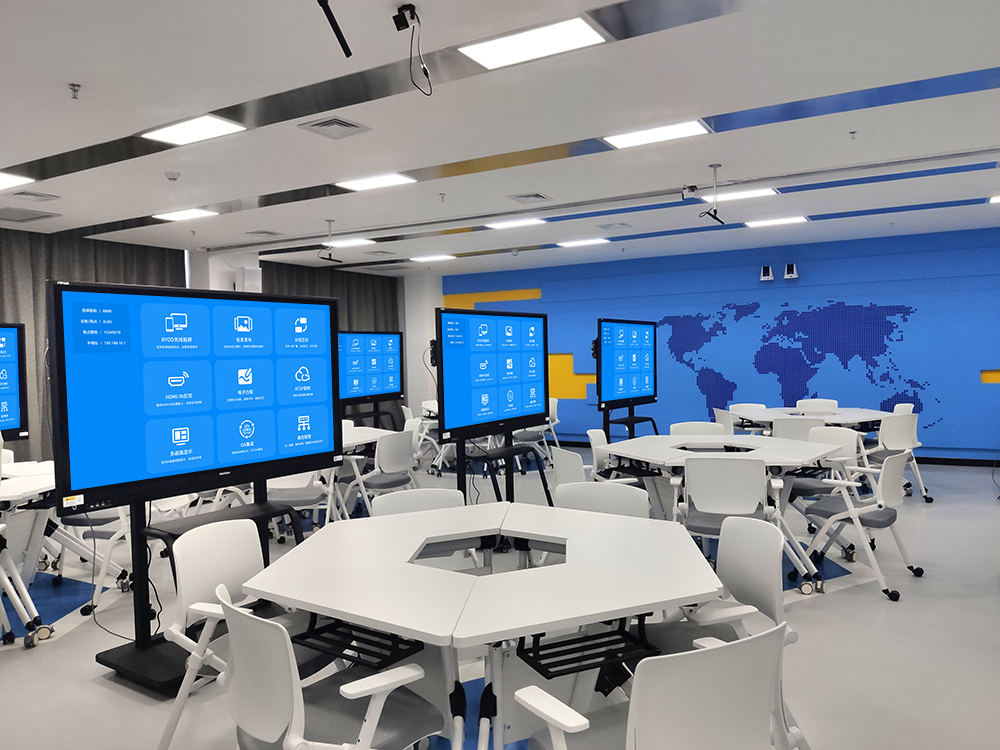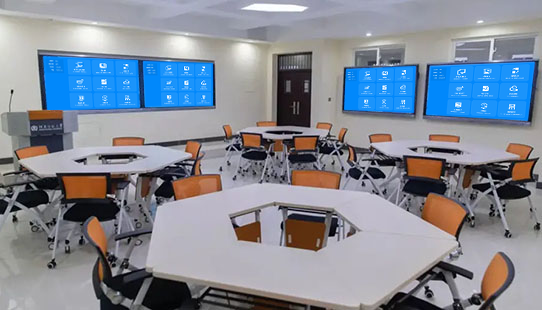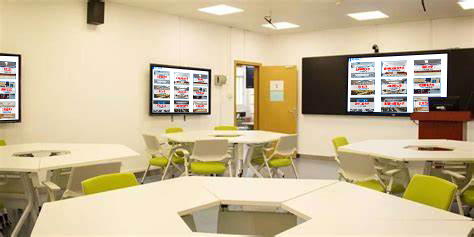Interactive Classroom: Activating Every Corner of the Classroom with Technology
The vitality of the classroom lies in every response and every collision of ideas between teachers and students. The interactive classroom uses technological means to make these interactions smoother and deeper, transforming knowledge transfer from “indoctrination” into “resonance.”
Making Interaction the “Norm,” Not the “Occasion”
- Seamless Content Sharing, Ideas Instantly Materialized
Does a student suddenly have a new idea? They can pull out their phone, snap a picture of their scratch paper, and project it onto the big screen in 3 seconds. If a teacher wants to add supplementary content, documents from their computer or notes from their tablet can be displayed simultaneously without switching devices. Regardless of Windows, Android, or iOS systems, no complex setup is needed; it’s as natural as sending a message, ensuring every fleeting thought can be seen and discussed.
- Multi-Dimensional Linkage, Collaboration Beyond Your Seat
During group discussions, the conclusions from each table can be simultaneously projected onto corresponding screen areas, allowing all students to look up and compare different ideas at a glance. When the teacher annotates key points on the main screen, student tablets will display them in sync, allowing them to easily follow along by circling or writing notes. This “main screen + split screen + personal screen” linkage breaks physical space limitations for collaboration, ensuring every student can participate deeply.
- Old Equipment “Instantly Transforms” into Smart Terminals, Lowering Upgrade Costs
Don’t worry about the old projectors or ordinary whiteboards in your classroom becoming obsolete. After connecting an adapter device, these old hardware pieces can directly integrate into the interactive system, supporting wireless screen mirroring, real-time annotation, and even handwriting recognition. This avoids resource waste while allowing teachers and students to quickly adapt to new interactive modes without relearning operational logic.
“Interaction Upgrades” in Different Scenarios
- Science Experiment Class: Data curves recorded by students on tablets and videos of experimental phenomena are projected onto the big screen in real-time for comparative analysis, making it clear where errors lie and what patterns emerge.
- Humanities Reading Class: When group interpreting texts, each group’s mind maps and extracted keywords are displayed on the same screen, fostering different perspectives and understandings of the article.
- Remote Communication Class: When connecting with a school in another location, classroom content from both sides is bi-directionally projected, making questions and answers feel like they’re happening in the same room, breaking geographical barriers.
The value of the interactive classroom lies in allowing technology to serve the essence of teaching—not in pursuing “new” equipment, but in making teachers’ “teaching” and students’ “learning” more focused and engaged. When interaction becomes the norm in the classroom, the transfer of knowledge naturally becomes more efficient and profound.